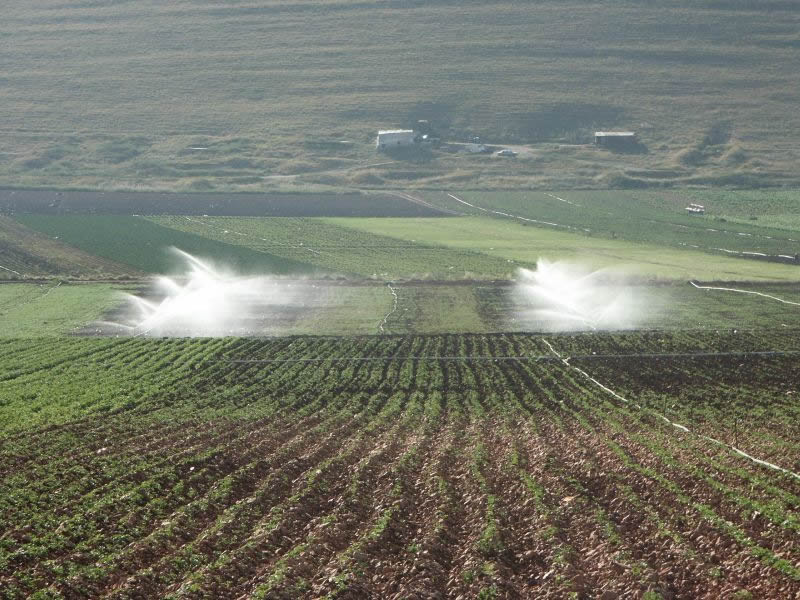 BEIRUT, 2 January (IRIN) – After a steady decrease in the number of landmine victims since the withdrawal of Israeli troops from southern Lebanon in 2000, last year witnessed a sudden resurgence of cases. In December alone, three girls were injured by an unexploded cluster bomb in the south of the country, leading one to have her leg amputated. A foreign worker also had to have a leg amputated after stepping on a landmine at a construction site in Beirut. "We have 21 survivors and five killed this year," Brigadier General Salim Raad, director of the National De-mining Office, established in 1998, said. "The numbers have almost doubled in comparison to 2004." According to Raad, poverty is the main reason behind the increase in cases.
BEIRUT, 2 January (IRIN) – After a steady decrease in the number of landmine victims since the withdrawal of Israeli troops from southern Lebanon in 2000, last year witnessed a sudden resurgence of cases. In December alone, three girls were injured by an unexploded cluster bomb in the south of the country, leading one to have her leg amputated. A foreign worker also had to have a leg amputated after stepping on a landmine at a construction site in Beirut. "We have 21 survivors and five killed this year," Brigadier General Salim Raad, director of the National De-mining Office, established in 1998, said. "The numbers have almost doubled in comparison to 2004." According to Raad, poverty is the main reason behind the increase in cases.
His sight was also damaged, and since then he has been unable to work. "We thought people would learn from my accident," al-Sahili said. "Unfortunately, they still continue to go gather iron in areas they know are dangerous." Between 2002 and 2004, a large-scale de-mining operation was made possible by a US $50-million donation by the United Arab Emirates in collaboration with the United Nations Mine Action Coordination Centre in South Lebanon and the Lebanese Army. "Four main areas were cleared," explained Dalya Farran, officer in charge of media relations at the UN mine centre. "But the funding has been exhausted, and we need to continue clearing other areas." Meanwhile, British NGO Mines Advisory Group, in cooperation with the Lebanese Army, has continued de-mining operations all over the country, albeit on a much smaller scale. (b) Demining Lebanon (/b) After 15 years of civil war and 22 years of Israeli occupation of the South, experts estimate there to be some 450,000 unexploded mines countrywide. An estimated 370,000 of these are concentrated along the Blue Line, a border demarcation between Lebanon and Israel drawn up by the United Nations and guarded by UN Interim Forces in Lebanon (UNIFIL). The rest are scattered throughout the country with a concentration in the southern areas of Jezzine, Hasbayya and Nabatieh, as well as in the northern mountains of Tannourine, about 65 km from the capital. "While the majority of mines are the result of Israeli invasions and occupation, all militias – local and foreign – have planted mines in Lebanon," said Raad. The main obstacle to de-mining efforts, he added, is the lack of accurate maps kept by those who originally planted the deadly devices. "They forgot where they put the mines," Raad said. Israeli maps of minefields handed over to UNIFIL, for example, are considered only 60 percent accurate. "Israelis also used cluster bombs, thrown from planes and scattered by the wind," explained Raad. "There is no map for these either." Mines were planted mainly in areas where agriculture used to be the major source of income for villagers. While five million square metres of land have been de-mined so far, residents in non-cleared areas still remain vulnerable.



